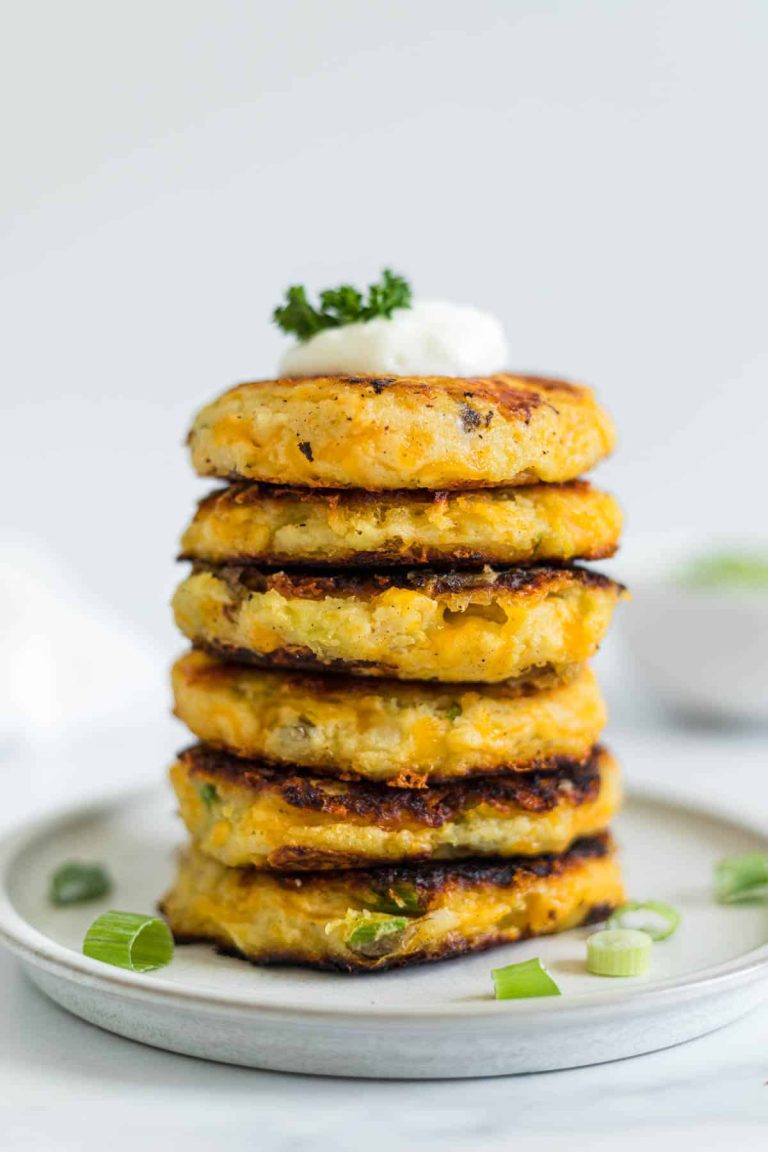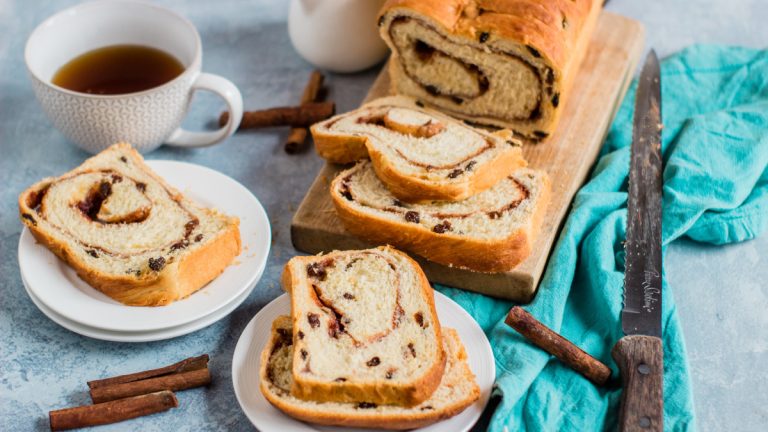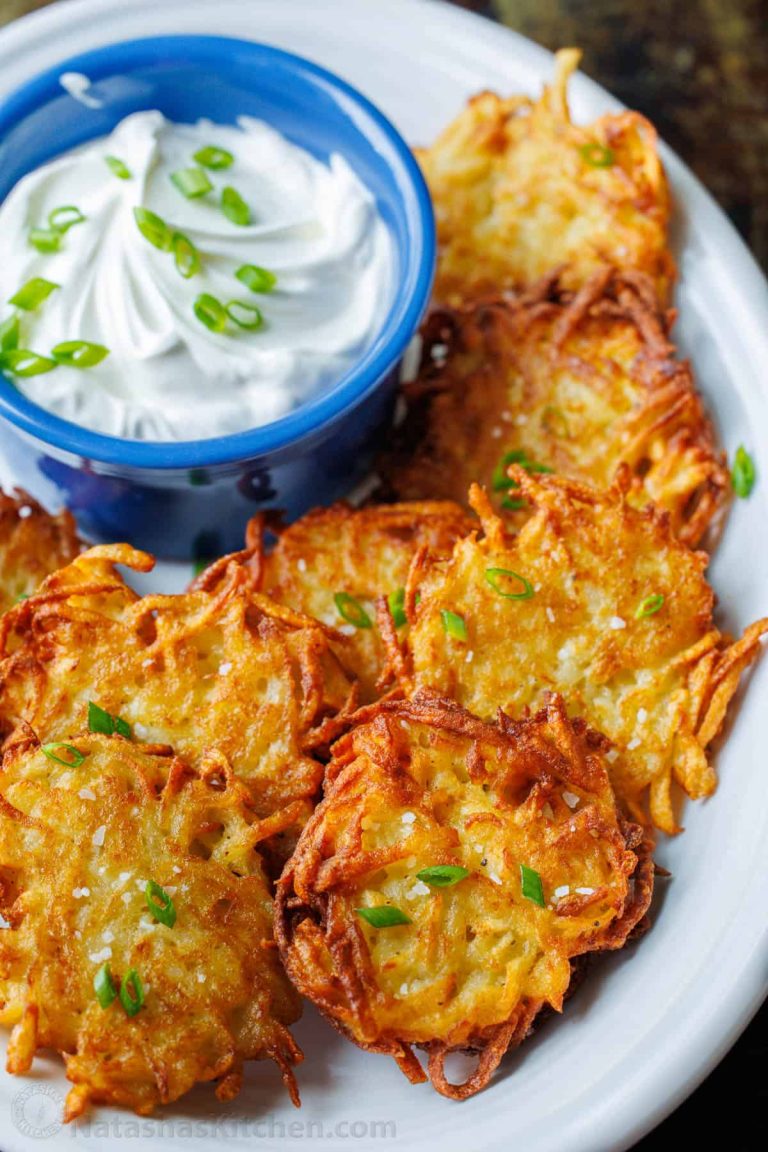Mushroom Rice: Delicious Recipes and Nutritional Benefits Across Cultures
Mushroom rice traces its roots back to ancient culinary traditions in Asia and Europe. Rice, a staple in many Asian countries, combined with mushrooms due to their abundance in forests and fields. Historical records, including Chinese texts from the Han dynasty (206 BCE – 220 CE), mention dishes that mix rice and mushrooms, indicating their long-standing pairing. In Europe, particularly in Italy, mushroom rice evolved into dishes like risotto, which has been a part of Italian cuisine since the Renaissance period.
Cultural Variations
Different cultures have unique interpretations of mushroom rice, each adding local ingredients and spices. In Japan, mushroom rice is known as ‘Kinoko Gohan,’ where seasonal mushrooms like shiitake and maitake are used for their distinct flavors. In Italy, ‘Mushroom Risotto’ uses Arborio rice and porcini mushrooms, often enhanced with Parmesan cheese and white wine. In the Middle East, mushroom rice might include spices like cumin and cinnamon to complement the dish’s earthiness. These cultural twists enrich mushroom rice, making it a globally cherished dish.
Key Ingredients for Mushroom Rice
Choosing the Right Rice
Selecting the appropriate rice is crucial for the texture and flavor of mushroom rice. Long-grain rice varieties like Basmati and Jasmine provide a light, fluffy texture, while short-grain types like Arborio and Calrose deliver a stickier, creamier consistency. For a more exotic option, you can consider using wild rice, which adds a nutty flavor and chewy texture. Ensure the rice complements the dish’s intended final texture and flavor.
Types of Mushrooms
Mushrooms significantly impact the depth and aroma of your mushroom rice. Button mushrooms and cremini offer a mild flavor suitable for most recipes. Shiitake and oyster mushrooms provide a richer, more robust taste ideal for Asian-inspired versions. In Italian dishes, porcini mushrooms add an earthy, intense flavor perfect for risottos. Combining different mushroom varieties can create a complex and layered taste. Ensure the mushrooms are fresh to achieve the best results.
Cooking Techniques for Perfect Mushroom Rice
Rice Cooking Methods
Achieving perfect mushroom rice requires attention to rice cooking techniques. Use the pilaf method to enhance flavor. Sauté rice in oil or butter until golden, then add broth and allow it to simmer. This method works well with Basmati or Arborio rice, providing a nutty undertone and balanced texture. Use a rice cooker if you prefer: it maintains consistent heat and moisture, ensuring evenly cooked grains. Set it according to the manufacturer’s instructions, adjusting liquid quantities to match the rice type.
Mushroom Preparation Tips
Proper mushroom preparation is crucial for perfect mushroom rice. Clean mushrooms with a damp cloth instead of washing them to prevent sogginess, then trim stems and slice uniformly. Use a mix of mushroom varieties like button, shiitake, and porcini for depth and complexity. Sauté mushrooms over medium-high heat until they release moisture, turn golden, and develop a rich, umami profile. Avoid overcrowding the pan to enable even browning and maximize flavor. Integrate mushrooms into the rice towards the end of cooking to retain their texture and taste.
Popular Mushroom Rice Recipes
Asian-Inspired Mushroom Rice
Asian-inspired mushroom rice combines fragrant rice varieties like Jasmine or Basmati with mushrooms like shiitake, enoki, or oyster. Key seasonings include soy sauce, ginger, and garlic, delivering a savory umami flavor. For added complexity, incorporate vegetables like carrots, bell peppers, and green beans.
- Kinoko Gohan (Japanese Mushroom Rice): Commonly uses shiitake and enoki mushrooms. Season the rice with soy sauce and mirin. Add dashi broth for deeper flavor.
- Chinese Mushroom Fried Rice: Uses day-old Jasmine rice and a mix of shiitake and button mushrooms. Fry with soy sauce, garlic, and green onions for a fragrant dish.
- Korean Beoseot-bap: Utilizes a mix of king oyster and shiitake mushrooms. Season with sesame oil, soy sauce, and gochujang for a spicy kick.
Western-Style Creamy Mushroom Rice
Western-style creamy mushroom rice focuses on rich, creamy textures using Arborio rice. Mushrooms like cremini, portobello, and porcini offer robust flavors. Incorporate cream, butter, and cheese for a luscious dish.
- Mushroom Risotto: Classic Italian dish using Arborio rice and porcini mushrooms. Cook slowly with vegetable or chicken broth, finishing with Parmesan cheese.
- Creamy Mushroom Rice with Chicken: Uses cremini mushrooms and combines with chicken breast. Cook with heavy cream and chicken broth, garnishing with parsley.
- Mushroom Rice Casserole: Utilizes button and portobello mushrooms. Mix with cooked rice, heavy cream, and shredded Gruyère cheese, then bake until golden.
Engage in these versatile recipes to enrich your culinary skills. Each offers unique flavors and textures while highlighting the essential synergy between rice and mushrooms.
Nutritional Benefits of Mushroom Rice
Health Benefits of Mushrooms
Mushrooms offer several health advantages due to their rich nutrient profile. They contain antioxidants like selenium which protect cells from damage. Mushrooms are an excellent source of B vitamins (riboflavin, niacin, pantothenic acid). These vitamins help your body derive energy from food and maintain healthy skin and brain function. Mushrooms also offer potassium, which aids in maintaining normal fluid balance, and ergothioneine, an amino acid that supports immune function. Beta-glucans, present in the cell walls of mushrooms, enhance the immune response and help support the body’s defense against infections and inflammations.
Caloric and Nutritional Value of Rice
Rice serves as a primary energy source due to its carbohydrate content. One cup of cooked white rice provides around 200 calories, primarily from carbohydrates, offering quick energy. It’s low in fat and contains a moderate amount of protein. Brown rice, by comparison, is slightly lower in calories and higher in fiber, providing added benefits for digestion and satiety. Rice is often fortified with iron and B vitamins like thiamine and niacin, supporting metabolic functions. Combining rice with mushrooms in mushroom rice dishes creates a nutritional balance, supporting energy levels and overall health.
Conclusion
Mushroom rice isn’t just a culinary delight; it’s a nutritional powerhouse that brings together the best of both worlds. By combining the earthy richness of mushrooms with the versatility of rice, you can create dishes that are both satisfying and healthy. Whether you’re exploring Asian-inspired recipes or indulging in a creamy Western-style dish, mushroom rice offers endless possibilities for your kitchen adventures. Embrace the flavors and health benefits of this dynamic duo, and elevate your meals to new heights.





